My design analysis of Rome II, the Total War series, and what makes a good 4X game is now up! You can find it here.
Total War: Rome II has been this year’s highest-profile strategy release, but its initial launch was dogged by reports of bugs, technical glitches, and AI failings. Since then it’s received several significant patches, and last night I finished its prologue chapter (which begins as a scripted tutorial, but eventually broadens into freeform strategy). Here are my initial observations:
Technical
* I’ve encountered only one significant glitch, but it is both frequent and irksome: large black panels appearing instead of terrain, on both the campaign and battle (see below) maps. As I write this I’m downloading a driver update; hopefully that’ll fix the problem. (UPDATE: well, that didn’t work — my computer did not like the ATI beta drivers I installed. Hopefully either CA or AMD will address this issue soon.)
Graphics
* It took me a fair bit of fiddling, but I think I’ve found an acceptable compromise between performance and appearance. (For context, my machine is 3 years old, but still meets Rome 2’s recommended specs.) A picture is worth 1,000 words, so here are two of my nicest screenshots so far:
* For comparison, here are two of my favourite Shogun 2 screenshots:
Audio
* I like the little touches here: zooming in now lets the player “overhear” the soldiers’ chatter. For example, I heard something to the effect of, “where’s the general? Has anyone seen the general?” – I assume that unit must have been out of my general’s command radius.
AI
* Seemed fine during the prologue.
* The campaign AI fielded massed forces of trained soldiers (spear/swordsmen) – I fought an invading stack comprising 6-7 regular infantry, plus supporting cavalry and missile units.
* The battle AI was sensible – infantry in front, cavalry flanking in an attempt to surround my Romans.
* That said, it’s still too soon for me to tell – consider Fall of the Samurai’s AI, which was fine in the early game but eventually faltered because it didn’t use high-end units. Time will tell how well the Rome 2 AI performs throughout an entire campaign.
Game design
* Quite a few interesting ideas here, although I need to see how well they work in the context of a full campaign. There are also many aspects of gameplay I’ve yet to get a feel for – e.g. diplomacy (beyond a single scripted encounter in the prologue), faction and unit balance, etc.
* The highlight is the way armies work – unlike previous Total War games, where armies could move by themselves but received a bonus if they were led by generals, now every army must be led by a general (think Heroes of Might and Magic). To compensate, city garrisons now seem quite large, though garrison quality will be poor unless a city has military buildings. I suspect the logic is ‘fewer but more interesting decisions’ – where and how do I position my main combat forces?
* In addition, rather than recruiting troops in a particular region, and then marching them to their destination, now armies/generals recruit directly from the available troops in their location.
* Armies can now choose a “stance”, which confers appropriate benefits/penalties: e.g. putting an army in Forced March mode speeds it up, but makes it more vulnerable to ambushes.
* I suspect the above changes will produce ‘courier’ generals who run back and forth in Forced March, shuttling new recruits to generals on the frontier.
* Ships and land units can now take part in the same battle, and you can disembark the ship crews/marines to fight on land. I like this idea, and given all the times Horatio Hornblower and Jack Aubrey had to fight on land, it just cries out to be implemented in a hypothetical Empire/Napoleon 2.
* I do have a couple of question marks about balance. Remember the Marian reforms in Rome 1, which came so late that the hastati and principes had already done all the hard work? Rome 2 has the opposite issue – the Marian reforms come so early in the tech tree that I could finish the prologue with an army of post-Marian legionaries, who went through the enemy like a hot knife through butter. Should the game work this way?
Overall comments
* Ultimately, I quite enjoyed my time with the prologue – technical glitches and all. Now that I’ve finished it, part of me wants to dive straight into the rest of Rome 2.
* On the other hand, this is a game undergoing significant patching – “more or less weekly”, per the developers. That suggests the experience is likely to change quite a bit over coming weeks.
* In the end, I want to see how Rome 2 will shape up after the developers have made their changes, and so I intend to wait a little longer before I start the full campaign. Watch this space.
Edit: as a final note, I played the lion’s share of the prologue using beta patch 2, and that’s what my comments reflect.
The above comments are based on a retail build supplied by publisher SEGA.
Discover more from Matchsticks for my Eyes
Subscribe to get the latest posts sent to your email.
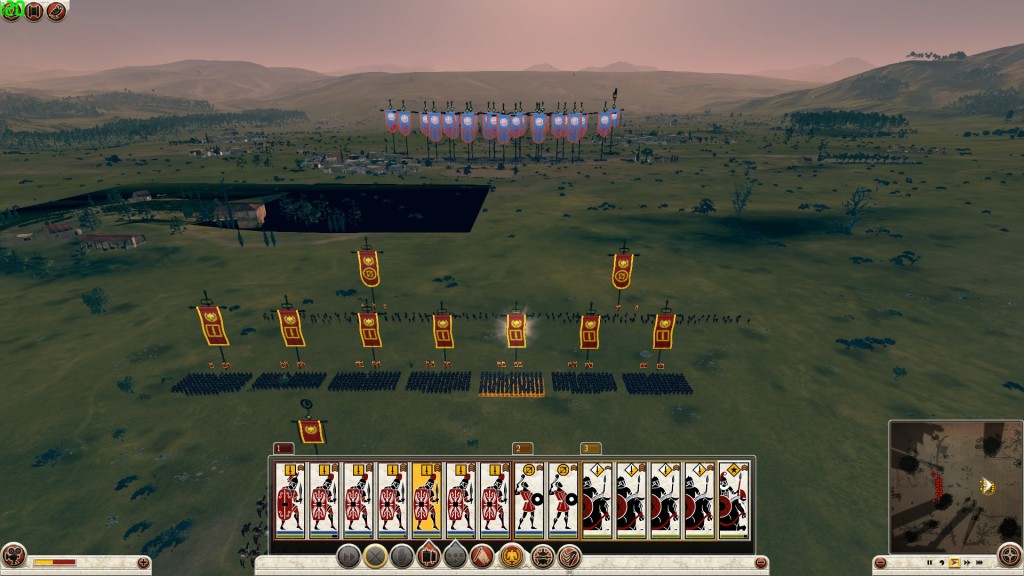
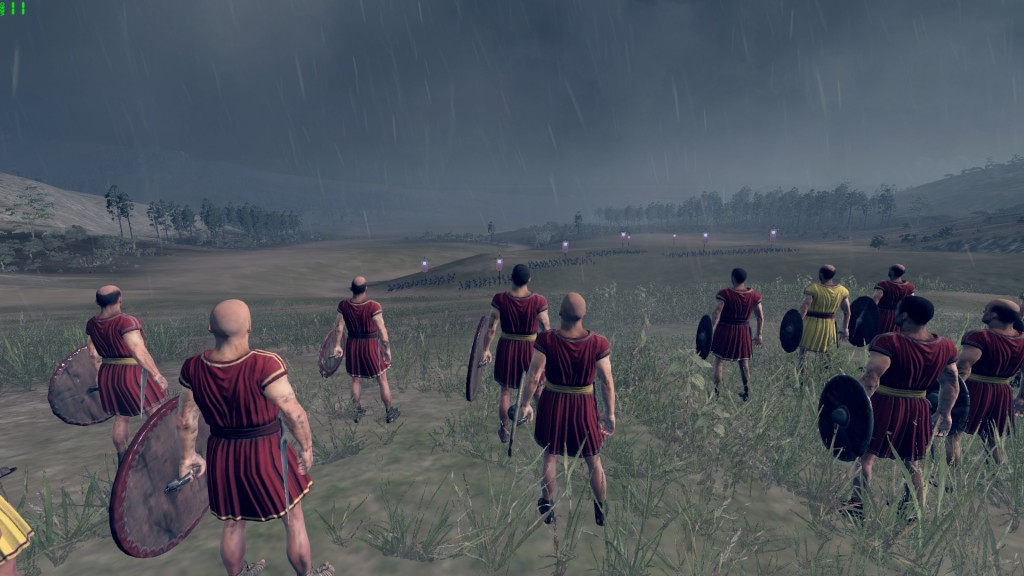
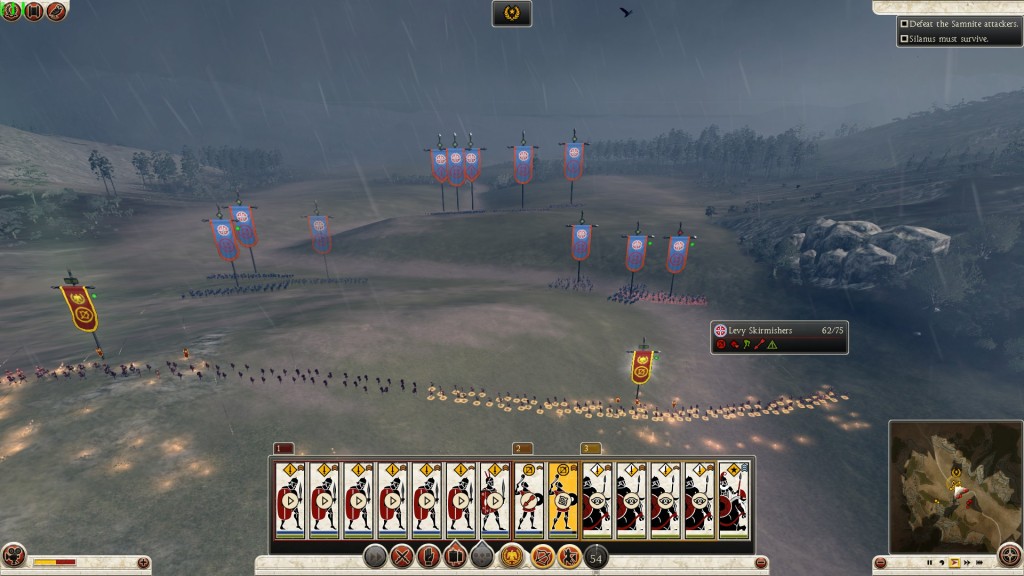
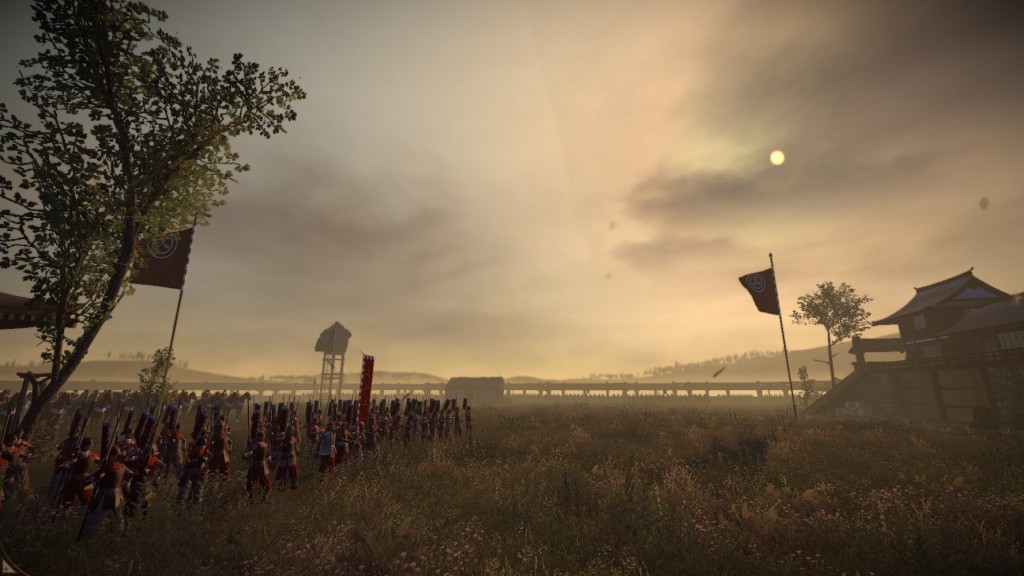
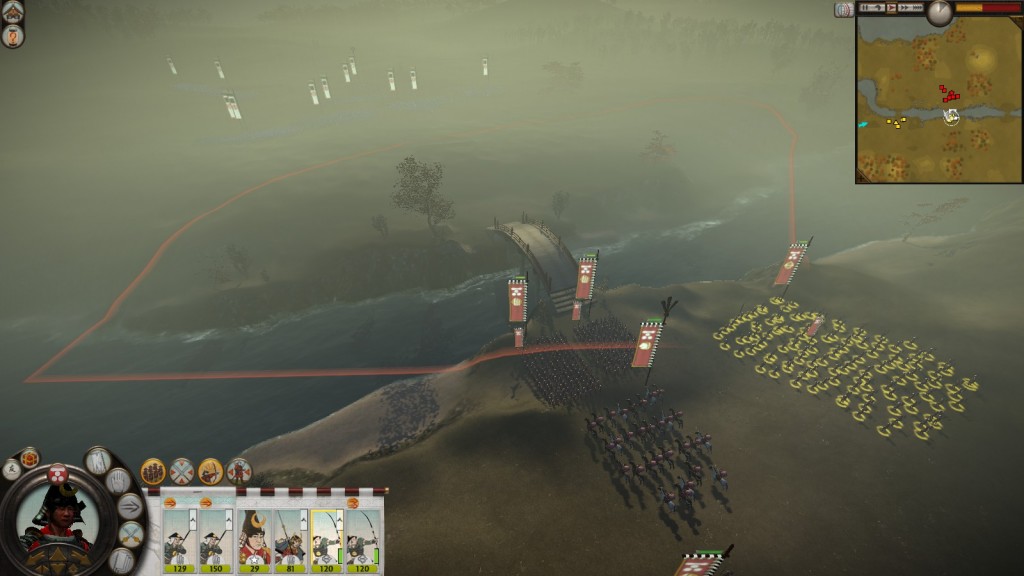
I found the prologue too difficult and it has put me off the game.